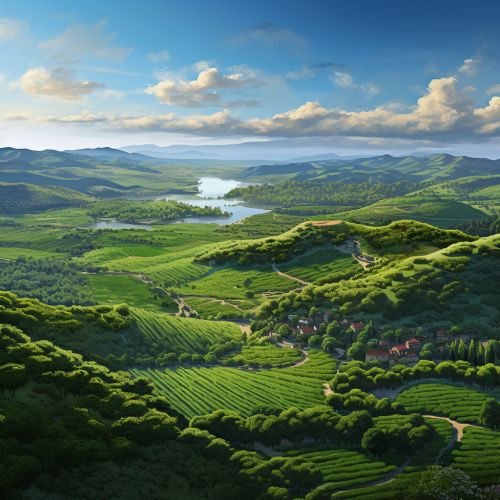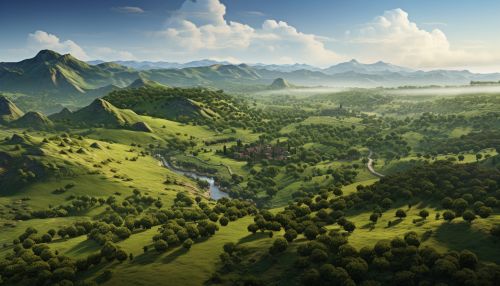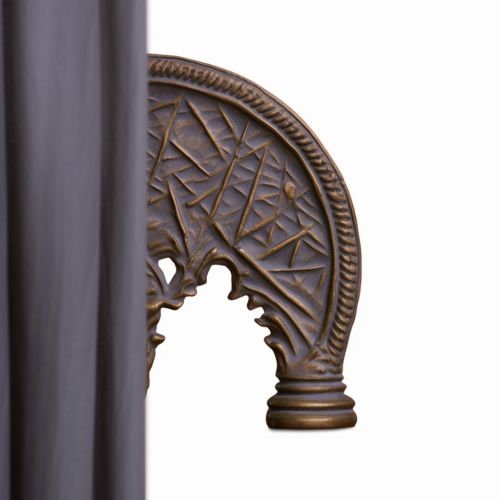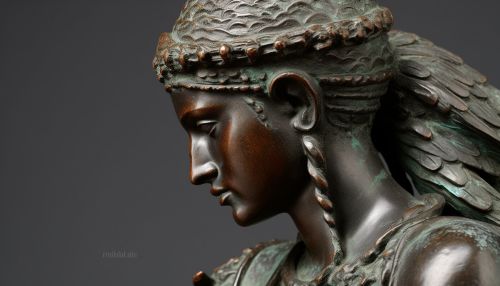Etruscan civilization
Origins and Development
The Etruscan civilization is an ancient Italian civilization that emerged in the area corresponding to modern-day Tuscany, western Umbria, and northern Lazio. The civilization was established around the 8th century BC, in the region known as Etruria, and it lasted until its assimilation into the Roman Empire in the 1st century BC.


The origins of the Etruscan civilization remain a subject of debate among historians. Some theories propose that the Etruscans were indigenous to the region, while others suggest that they migrated from the Near East or the Aegean Sea region. The Etruscans themselves claimed a legendary ancestry in the tradition of the Greeks, tracing their lineage back to a son of Hermes and a daughter of Dionysus.
Society and Culture
Etruscan society was complex and hierarchical, with a distinct class system. The aristocratic class, known as the 'lucumones', held the majority of political and religious power. The middle class, or 'zanath-ri', consisted of artisans, merchants, and farmers, while the lower class, or 'rathna', were primarily laborers and servants.
The Etruscans were polytheistic, with a pantheon of gods similar to that of the ancient Greeks and Romans. They believed in divination and the interpretation of omens, and their religious practices had a significant influence on Roman religion.
Etruscan culture was rich and vibrant, with a strong emphasis on art, music, and sports. They were skilled metalworkers and sculptors, and their art was characterized by its dynamism and vitality. Etruscan music was an integral part of their religious ceremonies and public events, and their sporting events, particularly chariot racing, were popular spectacles.


Language and Writing
The Etruscan language is unique among ancient languages, with no known relatives or descendants. It was written in an alphabet derived from the Greek alphabet, known as the Etruscan alphabet. Despite the existence of numerous Etruscan texts, the language is only partially understood, as there are no bilingual texts to aid in translation.
Economy and Trade
The Etruscan economy was based on agriculture, mining, and trade. They cultivated grains, olives, and grapes, and they mined copper, iron, and tin. The Etruscans were skilled craftsmen, producing high-quality metalwork, ceramics, and textiles, which they traded throughout the Mediterranean.
Decline and Legacy
The decline of the Etruscan civilization began in the 5th century BC, when they came into conflict with the expanding Roman Republic. By the 1st century BC, the Etruscans had been completely assimilated into the Roman Empire.
Despite their decline, the Etruscans left a lasting legacy on Western civilization. Their influence can be seen in Roman architecture, religion, and social structure. Moreover, their art and culture have continued to inspire and fascinate historians, archaeologists, and art lovers.
